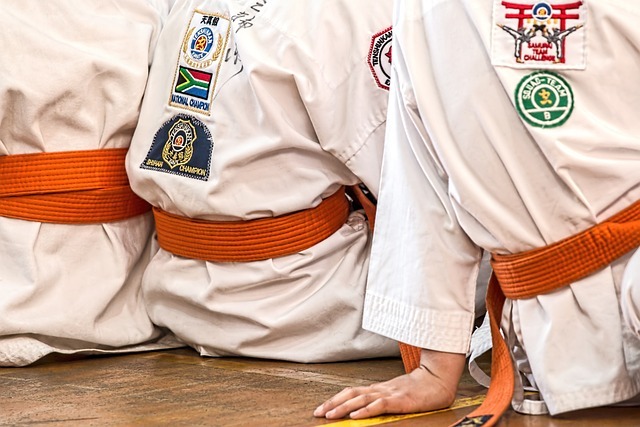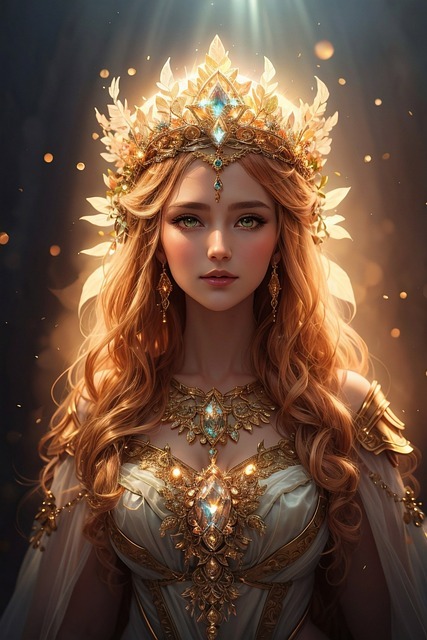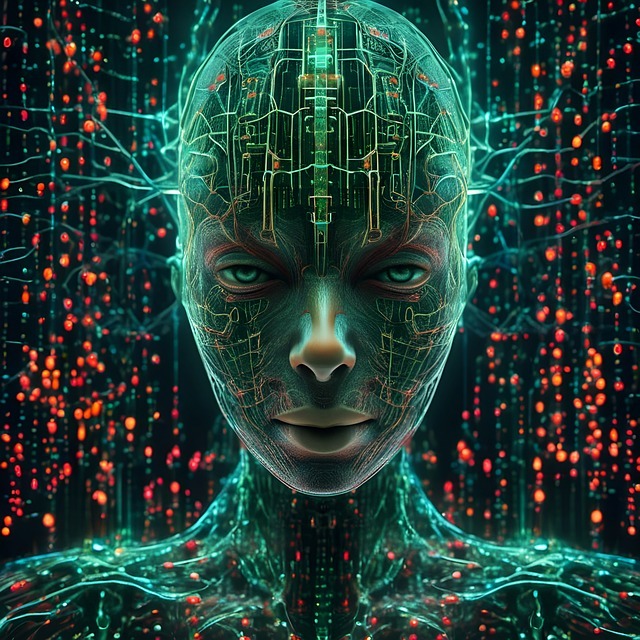The Art of AI: Bridging the Gap Between Technology and Creativity
In today’s rapidly advancing technological landscape, the term “artificial intelligence” (AI) is becoming increasingly prevalent. From self-driving cars to virtual assistants, AI is transforming the way we live and work. However, there is a common misconception that AI is solely focused on practical applications and lacks the ability to be creative. In reality, AI is not just a tool for automation, but also a powerful medium for artistic expression. In this article, we will explore the intersection of technology and creativity and how AI is bridging the gap between the two.
The Evolution of AI and its Impact on Creativity
Artificial intelligence has come a long way since its inception in the 1950s. Initially, AI was primarily used for solving complex mathematical problems and data analysis. However, with advancements in machine learning and deep learning algorithms, AI has evolved to mimic human cognitive abilities such as learning, problem-solving, and decision-making. This has opened up a whole new world of possibilities for AI, including its potential in the realm of creativity.
One of the key factors driving the integration of AI and creativity is the massive amount of data available today. With the rise of the internet and social media, we are generating an unprecedented amount of data every day. AI algorithms can analyze this data to identify patterns and trends, providing valuable insights for creators and artists. This data-driven approach has already been successfully applied in fields such as music, art, and fashion, leading to the creation of unique and innovative works.
AI as a Collaborator in the Creative Process
Contrary to popular belief, AI is not replacing human creativity but rather enhancing it. AI can be seen as a collaborator in the creative process, providing new perspectives and ideas that humans may not have thought of. This is known as “augmented creativity,” where AI and humans work together to produce something that neither could have created alone.
One example of this is the collaboration between AI and fashion designer, Anna Glansén. Glansén used an AI algorithm to analyze thousands of fashion images and create a unique collection of clothing designs. The result was a stunning combination of traditional Scandinavian design with a modern twist, showcasing the potential of AI in the fashion industry.
Similarly, in the music industry, AI is being used to generate new and unique sounds, melodies, and lyrics. Grammy-nominated musician, Taryn Southern, collaborated with AI to create her album “I AM AI,” where AI algorithms wrote the lyrics and composed the music. This groundbreaking project challenged the traditional notion of what it means to be a musician and opened up a whole new world of possibilities for music creation.
The Role of AI in Preserving and Reviving Art
In addition to its role as a collaborator, AI also has the potential to preserve and revive art. Many ancient artifacts and artworks are at risk of being lost due to natural disasters, human error, or simply the passage of time. AI can be used to digitally preserve these pieces of art, creating a virtual archive that can be accessed by future generations. This not only ensures the preservation of these valuable pieces but also makes them accessible to a wider audience.
Moreover, AI can also be used to revive lost or damaged artworks. In 2019, the Parisian art museum, Musée du Louvre, collaborated with AI experts to restore a damaged painting by Flemish artist, Pieter Bruegel the Elder. The AI algorithm was trained on high-resolution images of Bruegel’s other works and was able to accurately fill in the missing parts of the painting, resulting in a restored masterpiece.
Challenges and Ethical Considerations
While the integration of AI and creativity has tremendous potential, it also raises some challenges and ethical considerations. One of the main concerns is the potential bias in AI algorithms. Since AI algorithms are trained on data, they can perpetuate the biases present in the data, leading to biased outputs. This can have serious implications, especially in the creative industry, where diversity and inclusivity are crucial.
Another concern is the impact of AI on the job market. As AI continues to advance, there is a fear that it may replace human jobs, including those in the creative field. However, as mentioned earlier, AI is not here to replace human creativity but rather to enhance it. It is important for creators and artists to embrace AI as a tool and continuously adapt to its advancements.
In conclusion, the integration of AI and creativity is a rapidly growing field with endless possibilities. AI is not only revolutionizing the way we create and consume art but also challenging our traditional notions of what it means to be creative. As we continue to explore the potential of AI, it is important to keep in mind the ethical considerations and work towards a future where AI and human creativity can coexist harmoniously.



